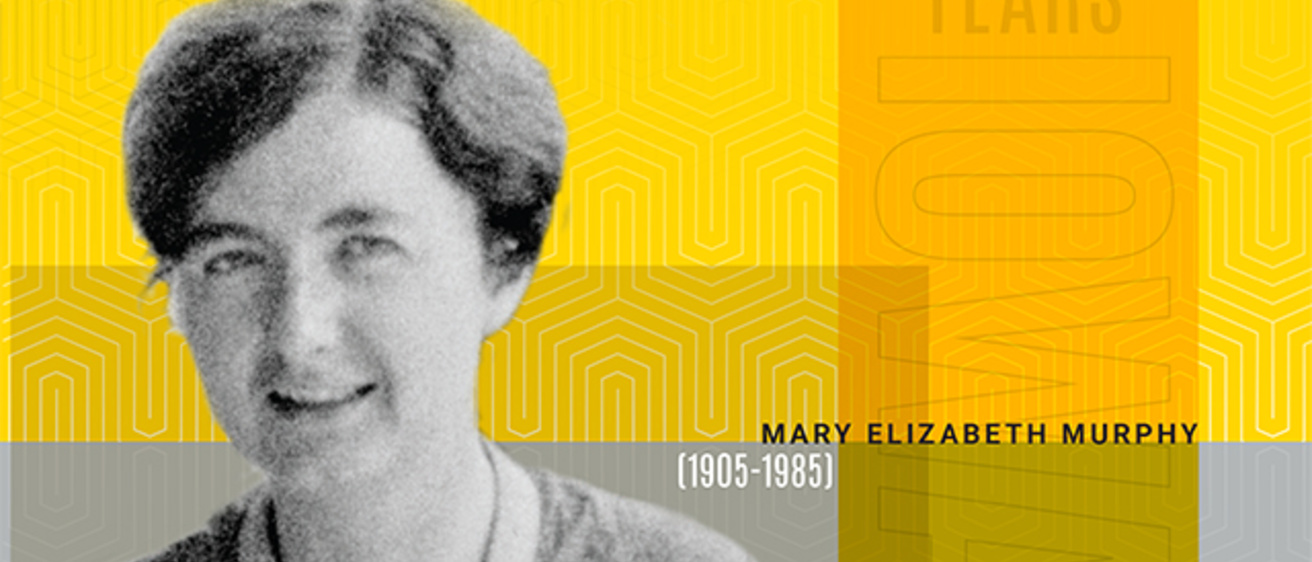
The story of Mary Elizabeth Murphy (BSC27) is one of family, wanderlust, and success. It’s a story as old as Iowa City itself and a testament to where higher education can take you. But above all, it’s a story of firsts—including her becoming the first woman CPA in the state and the first accounting Fulbright Scholar in the world.
To tell Murphy’s pioneering story, we must start at the beginning—when Iowa was mostly lush prairie and settlers were arriving by covered wagon. It was 1839 when Iowa City was named to be the new capital of the Iowa Territory, despite consisting of only a half-built log cabin.
Her great-grandfather, Walter Butler, was one of the first pioneers who bought lots in Iowa City after the announcement, along with politician Chauncey Swan and Iowa Territorial Governor Robert Lucas. For $300 Butler purchased land today occupied by The Airliner and Pancheros.
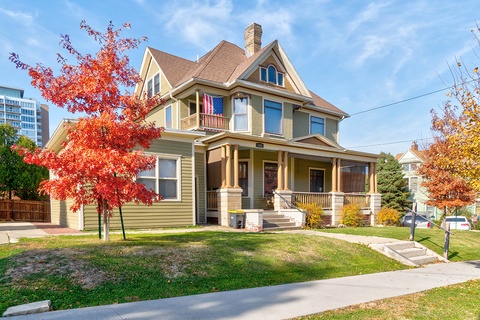
He jumped at the chance to host the first legislative session in Iowa City in 1841, so while the capitol was slowly being built out of Iowa limestone, he constructed and paid for a hewn-wood, two-story hotel, which came to be known as “Butler’s Capitol.”
In 1902, Walter Butler’s granddaughter, Anna Butler, married widower William F. Murphy. The newlyweds were given a portion of Murphy family land in Iowa City. They built a large house at 113 South Johnson Street, which still stands today overlooking College Green Park as the Burford House Inn.
On August 14, 1905, Mary Elizabeth Murphy was born.
Her father, an attorney who earned a law degree from the University of Iowa in 1880, was known as determined, persistent, and rugged (sometimes stubborn) individualist, traits that may have
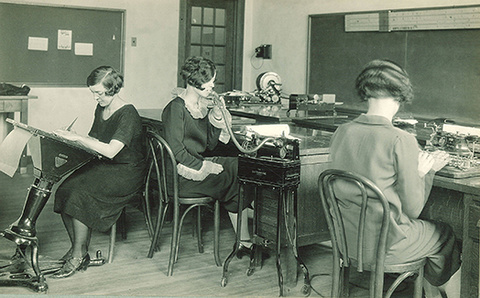
helped define his daughter’s character. In her youth, Murphy was also surrounded by books and independent women—her mother Anna and beloved aunt Maud ran a bookstore in Iowa City.
Education was of utmost importance to the family. Murphy graduated from University High School in Iowa City in June 1923 and began at the University of Iowa the same year. She graduate in 1927 with a Bachelor of Science in Commerce, having studied accounting with mostly male peers.
She then moved to New York City at the tail end of the roaring 20s to attend Columbia University where she earned a Master of Science in Accountancy at the age of 23. She then secured employment in the report department of the New York office of Lybrand, Ross Brothers, and Montgomery. It could not have been an easy task, as women were not yet generally accepted as
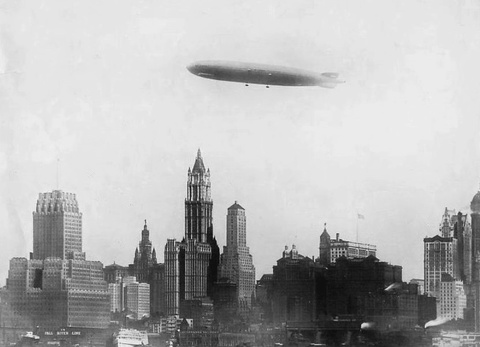
public accountants and couldn’t even join Beta Alpha Psi (the national charter was changed in 1952).
On October 1, 1930, two years to the day from her start date at the firm (and as soon as she was eligible), she applied to take the CPA exams in Iowa. On December 26, 1930, she became the first woman in the state of Iowa (and 88th in the country) to receive a CPA certificate. Mary Murphy holds Iowa certificate #67.
While the Great Depression was taking hold, her career was progressing. With new credentials in hand, she left public accounting and became chair of the Department of Commerce at St. Mary’s College in Notre Dame, Indiana, where she made $1,000 a year plus room and board on campus.
She had found her place in the world—academia.
After a few years, Murphy applied for the accounting Ph.D. program at the London School of
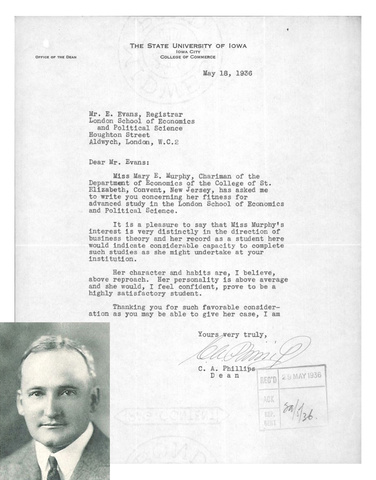
Economics and Political Science. None other than Chester A. Phillips, the University of Iowa’s first dean of the College of Commerce and namesake of Phillips Hall, wrote her a recommendation letter. He stated, “It is a pleasure to say that Miss Murphy’s interest is very distinctly in the direction of business theory … Her character and habits are, I believe, above reproach … [and] her personality above average.”
She sailed on the steamship S.S. President Harding in September 1936 from New York City to Plymouth, England to begin her studies and graduated with her doctorate in accounting from the London School of Economics in 1938—only the second American woman to do so. Her dissertation was titled, “The Responsibility of the Public Accountant to Society: A Comparative Study of American and English Practice and Thought.”
"The day will come when not a single book and not a single person will aver that accountancy is not a field for women. Speed the day!" -Mary E. Murphy, Accounting Forum, April 1941
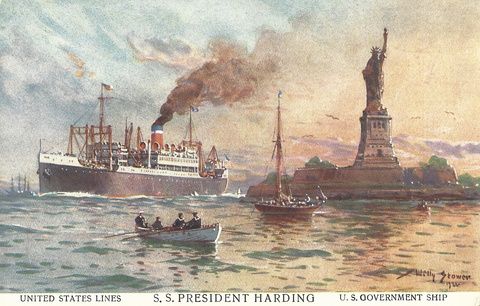
The newly minted Dr. Murphy was hired by Hunter College in New York as an assistant professor of economics where she taught from 1938 to 1951. One of her research projects at Hunter became part of a book about one of the country’s largest accounting firms at the time—Price Waterhouse and Company.
During her long career, she authored or co-authored more than 20 books and 100 journal articles. From 1946 to 1965 she published more articles in The Accounting Review than any other author. If you expand that from 1926 to 1985, she ranks fourth, just behind giants in the accounting world—A.C. Littleton, Harold Beirman, and Robert Mautz.
Her prolific academic research was both interdisciplinary and international, with articles appearing in journals around the world about accounting and economics, but also education, management, and law. She wrote about the effect of World War II on the global economy and the role of women in the workplace. She was also an early proponent of international
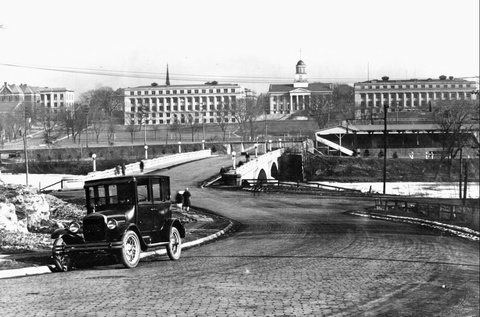
accounting standards and was especially interested in advancing accounting education in all parts of the world.
While at Hunter, she met Ruth Deiches, a widow with one adult daughter. Deiches became her private secretary and life-long companion. In 1951 the two moved to Los Angeles, where Murphy became an assistant professor of accounting at California State University and later, chairman of the Department of Accounting.
Murphy was lucky (and exceptionally qualified) enough to have been awarded several coveted travel grants during her life, including one from the Carnegie Corporation. And in 1952 she was named the first accounting Fulbright Scholar with posts in Australia and New Zealand. Despite initial skepticism (about a woman being granted the position), she was met with enthusiasm, welcome parties, and requests for speaking engagements. Her time “down under” paved the
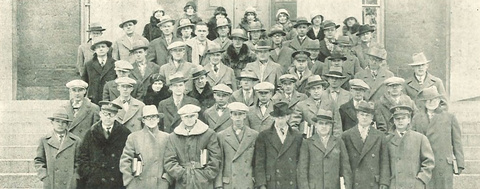
way for her to later become the first research and service officer for the Institute of Chartered Accountants in Australia (not to mention elevating, normalizing, and making female accountants visible around the world.)
Years before, Murphy had written in Accounting Forum that “[the day will come when] not a single book and not a single person will aver that accountancy is not a field for women. Speed the day!” Her dedication to accounting education and many contributions to the field undoubtedly sped the profession toward equality and opened doors for all the female accountants of today.
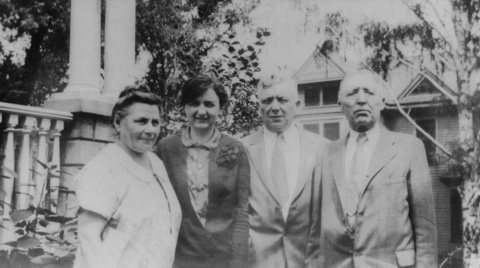
After her Fulbright, she returned to university life at Cal State until her retirement in 1973. She passed away at the age of 80 in San Gabriel, California and is buried in Iowa City next to her parents and grandparents at Old St. Joseph’s Cemetery.
In Margaret Hoskins’ 1994 book “Mary E. Murphy’s Contributions to Accounting,” fellow Cal State faculty member Earl Kennedy Cobb remembered her as very popular with students. “Most of them were perceptive enough to recognize that [she was] not a run of the mill person,” he said.
“It is often said that some people live before their time,” Cobb continued. “It is so true of Mary Murphy. During her era … public accounting had very few spots for a woman. How she developed such respect for a profession that had its door closed to her for the most part, I do not know.”
“She was indeed a pioneer.”
Photographs courtesy of the University of Iowa Libraries, Margaret Hoskins, and the State Historical Society of Iowa, Des Moines.
This story first appeared in the 2021 issue of Iowa Ledger.
